Rekall Incorporated
Rekall is a company that provides memory implants of vacations, where a client can take a memory trip to a certain planet and be whoever they desire.
- 996 Posts
- 242 Comments

 2·2 months ago
2·2 months agoYou’d be better off buying a Raspberry Pi (or another SBC) and using it both as a DIY server and backup computer.

 3·2 months ago
3·2 months agoIt’s like with resolution. I believe anything above 8K is imperceivable in a typical desktop monitor usage setup (i.e. you are not sitting 2+ meters away from your monitor).

 2·2 months ago
2·2 months agoI did have it before, but I would probably have gotten a 24" if I didn’t, because I like the second monitor to have a 16:10 aspect ratio. My primary is 32" 1440 (16:9).
If it was easy to get a 2560x1600 resolution monitor, I would gotten a 32" monitor.

 1·2 months ago
1·2 months agoI have a 24" device as a second monitor.

 3·2 months ago
3·2 months agoProbably a few 10s of thousands around the globe per year (per OEM model series)?

 8·3 months ago
8·3 months ago400/150 Mbps - $55/month
I pay the equivalent of $10 USD per month (we don’t do list prices, it’s the actual price) for 1 Gbit fibre.
And I am willing to bet that the “five-year price lock” advertising is fraud. There has to be a clause in their TOS that as per the company “price lock” means the ability to change prices.

 1·3 months ago
1·3 months agoThis is is honestly a tough one (although within reason, no is going with CRT style monitors thicknesses these days).
Maybe the brand? I couldn’t care less who the OEM as long as the product is good, at a fair prices and local support exists.

 1·3 months ago
1·3 months agoAssuming this 60 Hz only since this is targeting the professional audience?

 1·3 months ago
1·3 months ago610 Hz is somewhat memorable even without the name.

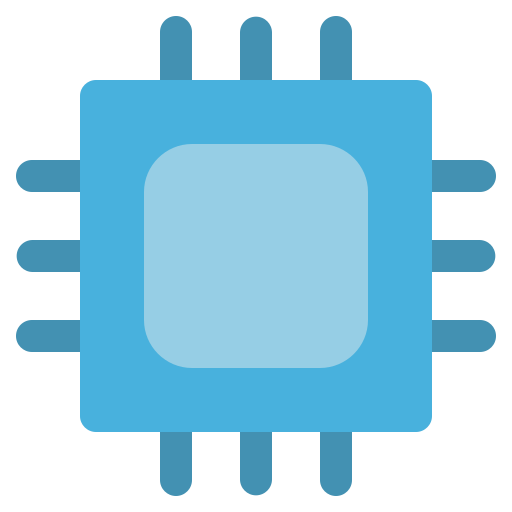 3·3 months ago
3·3 months agoImagine if this somebow massively accelerated the development of viable fusion power.
First time I’ve heard of Dell’s IPS black tech. Online reviews suggest some noteable improvements.
Unfortunately I don’t have too much experience with Dell monitors (they are relatively rare in my country, especially newer models).
Would also be interested to hear from someone with such an IPS black monitor.

 1·4 months ago
1·4 months agoThe top performer is Asus ROG Ally X.
Not exactly a laptop! 😆

 1·4 months ago
1·4 months agoIt caught your attention though!

 2·4 months ago
2·4 months agoNot to mention there is now an inherent liability involved with using American products and services.

 2·4 months ago
2·4 months agoI mostly follow big accounts and don’t that much with folks (outside of a niche hobby account that I am trying to slowly grow).
Best option seems to be to subscribe/browse hashtags that pique your interest. Eventually you’ll find people who regularly post/boost interesting content and users.

 72·4 months ago
72·4 months agoI like to distinguish between ideological, Friedmanite capitalism, which I call big C Capitalism and broader concepts such as trade, competition, new commercial ideas, which I call small c capitalism.
Big C Capitalism is more of an oligarch-promoted, authoritarian ideology with clear fascistsa tendencies (see Friedman’s statement that “free markets” take precedent over democratic governance).
Small c capitalism is more a quality of human civilization and its implementation reflects social and cultural developments.

 358·4 months ago
358·4 months agoThat is why American-run commercial social networks are inherently not viable if you care about user focus. Any rational adult (of any nationality, from US to Botswana) can make their own conclusions regarding US-run commercial social networks over the past ~20 years.
I deleted Twitter a while ago and switched to Mastodon, I did not move to Bluesky when it started getting big exactly because I knew their initial user-focus was a ruse (and their federation architecture seemed top heavy).
No, current suggests they are already working on the next generation of dGPUs (Celestial) and their Battlemage SKUs were largely reviewed positively.

 3·4 months ago
3·4 months agoI really wish (hope?) this isn’t the case.
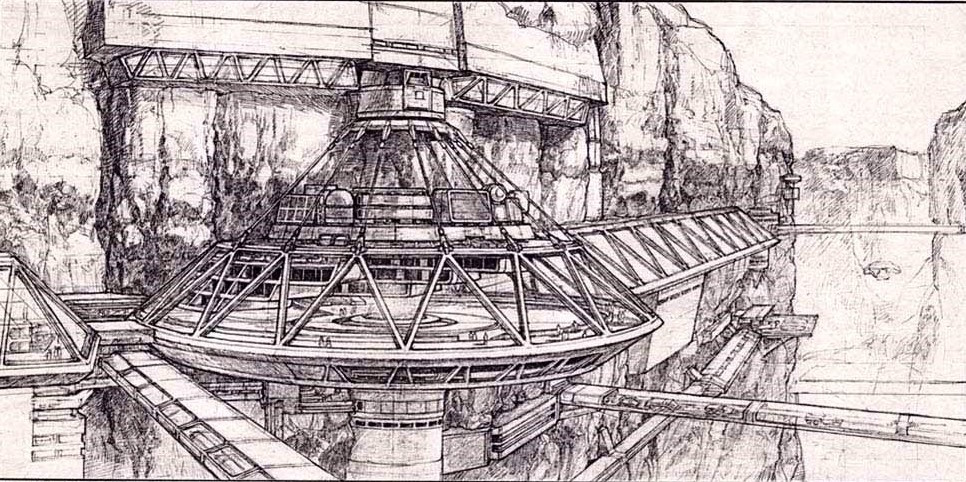

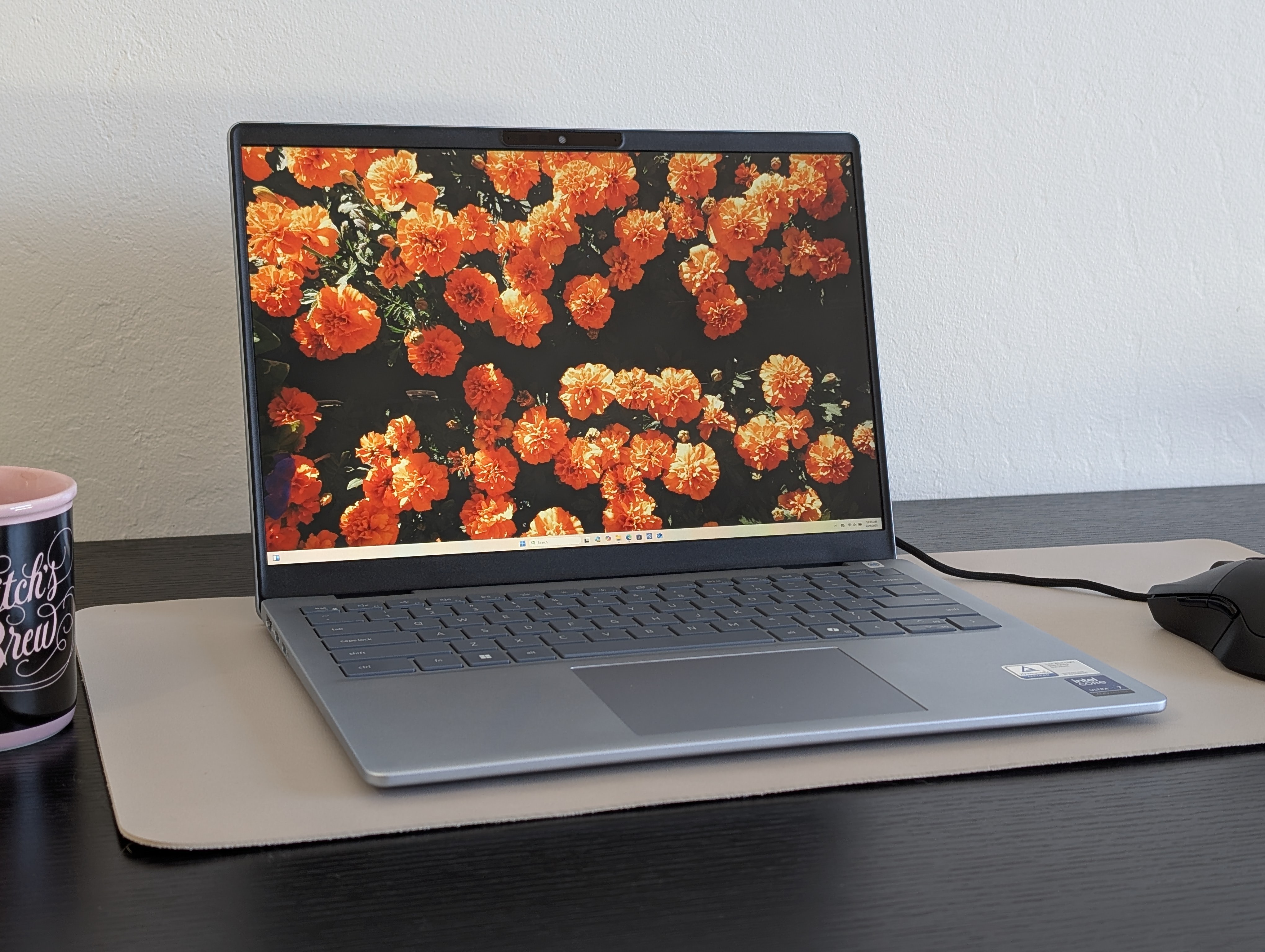

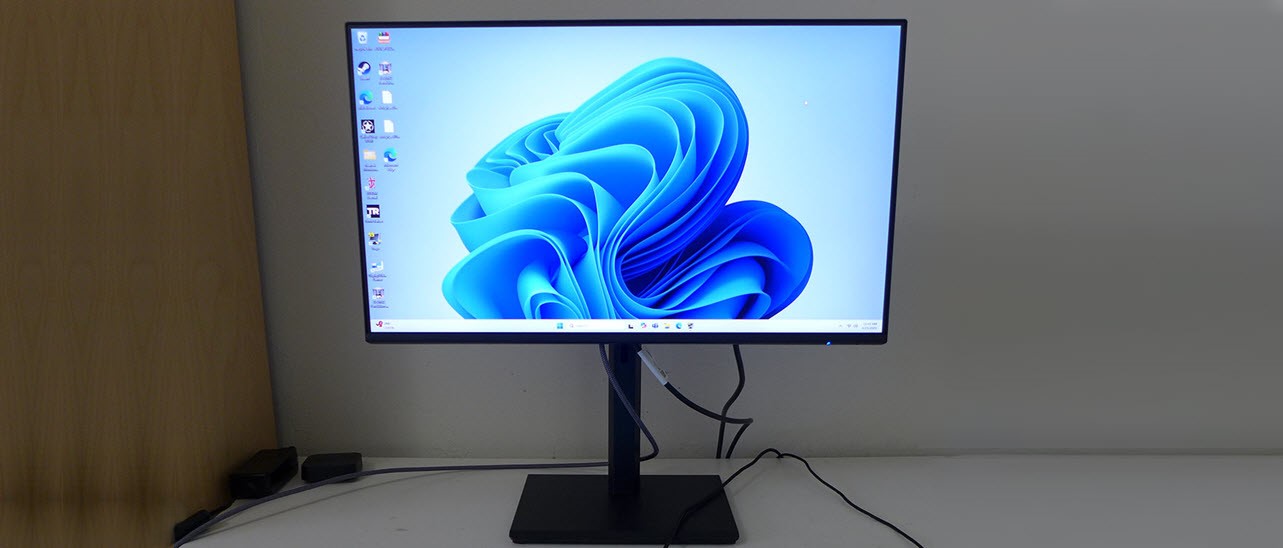
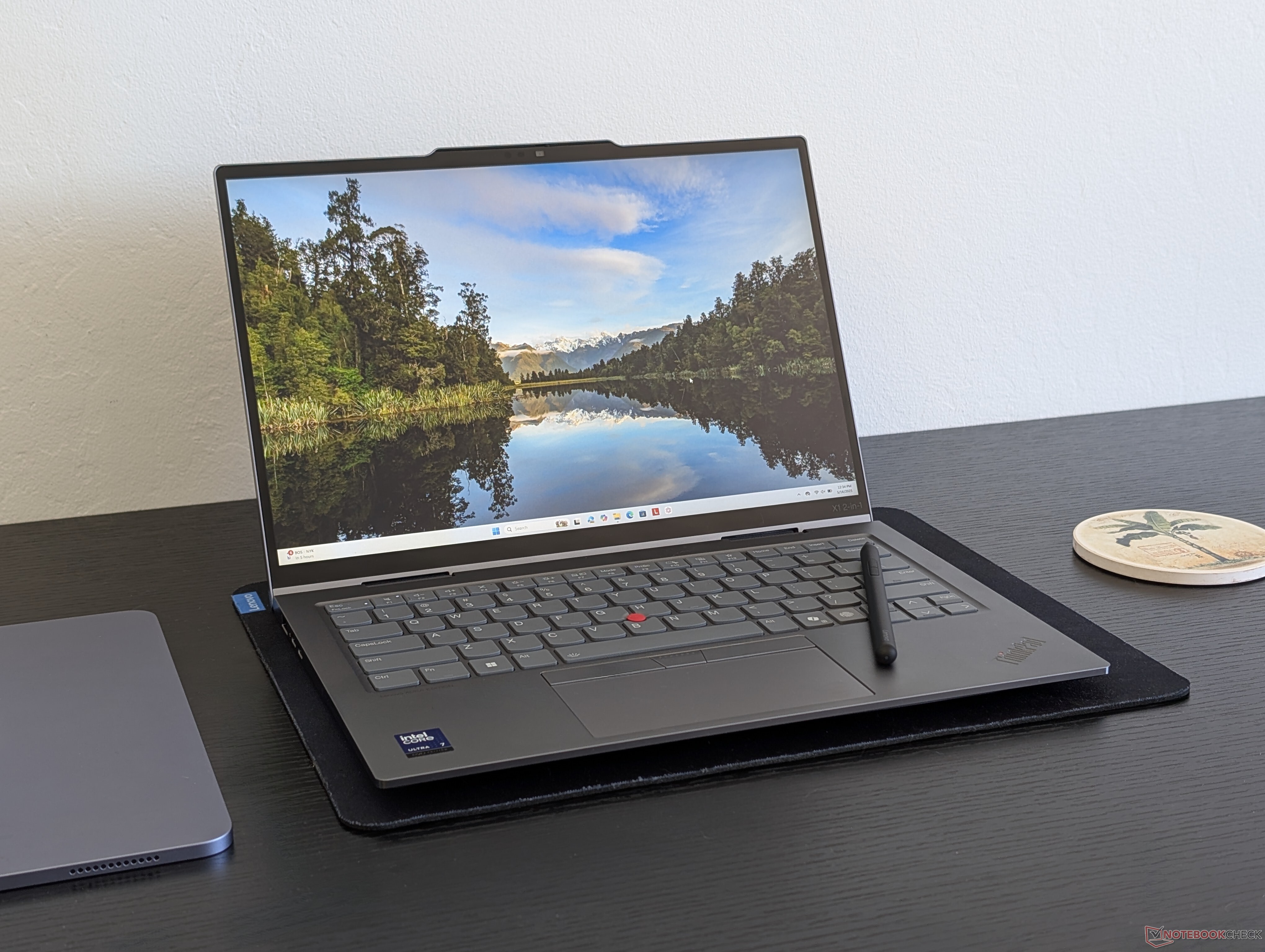

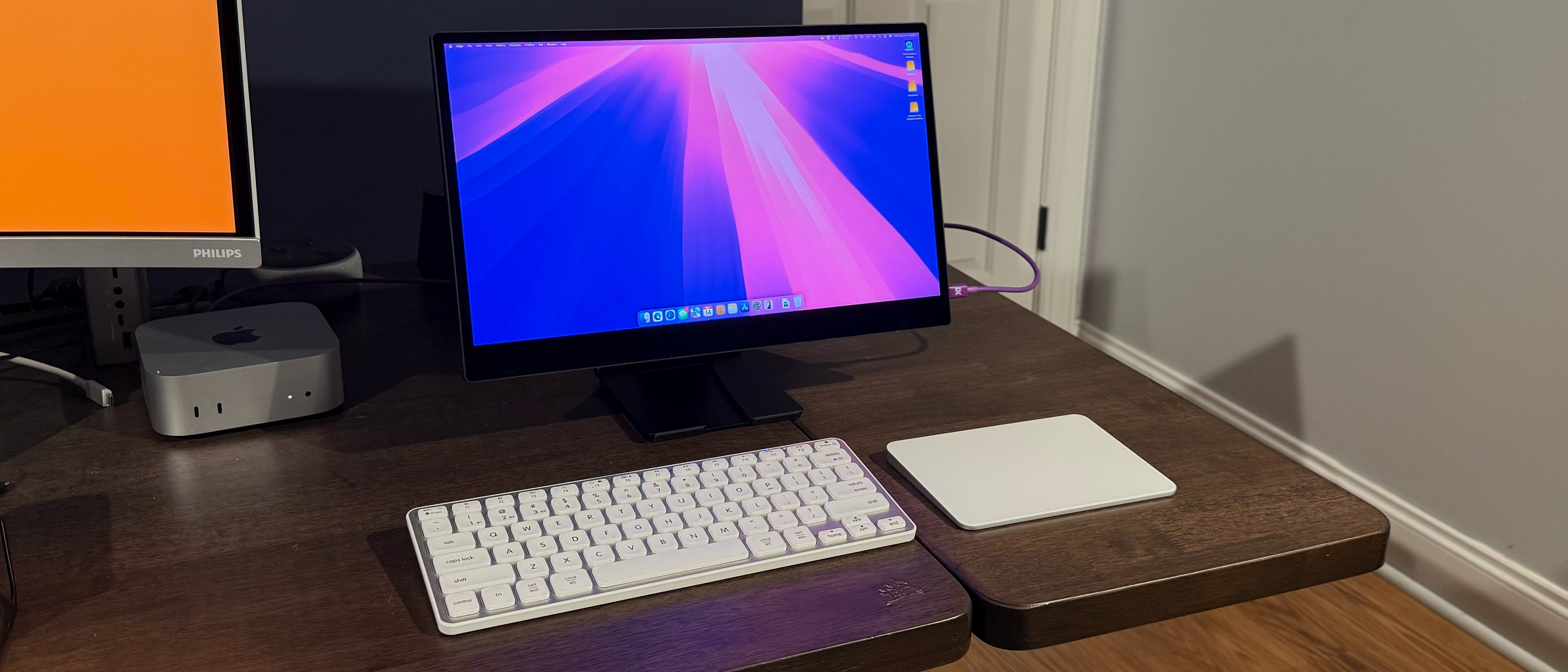


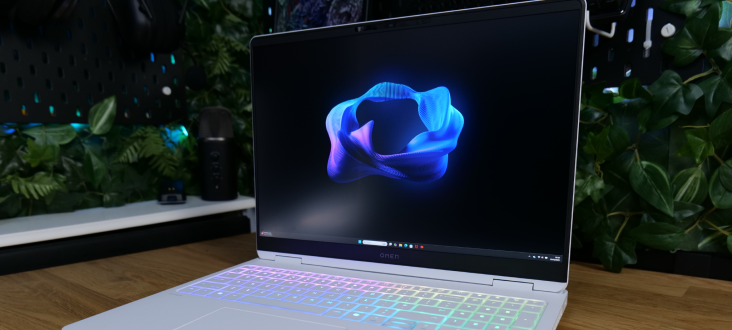


I don’t mind moving to hardware.watch.
Are there multiple admins who manage hardware.watch or just one? Don’t want another lemm.ee situation. :)
I am assuming I would need to create a local account (alt), right?